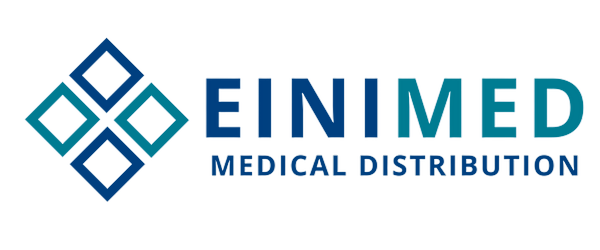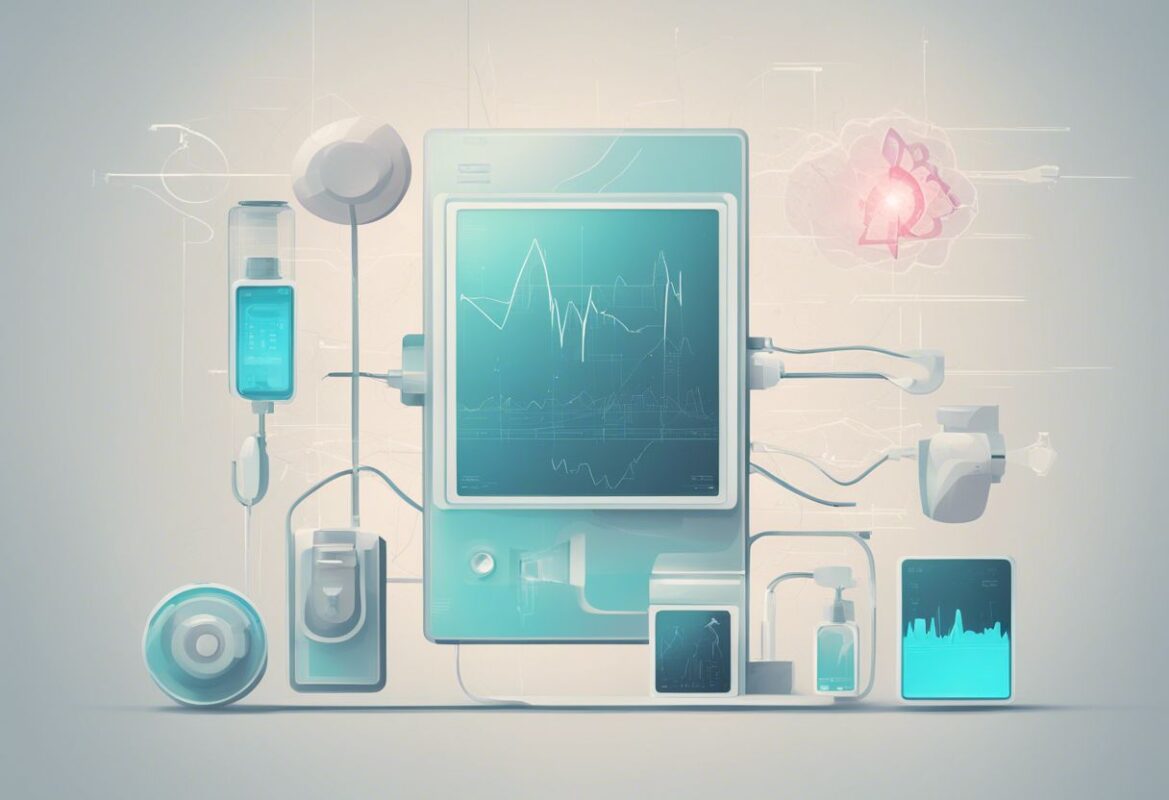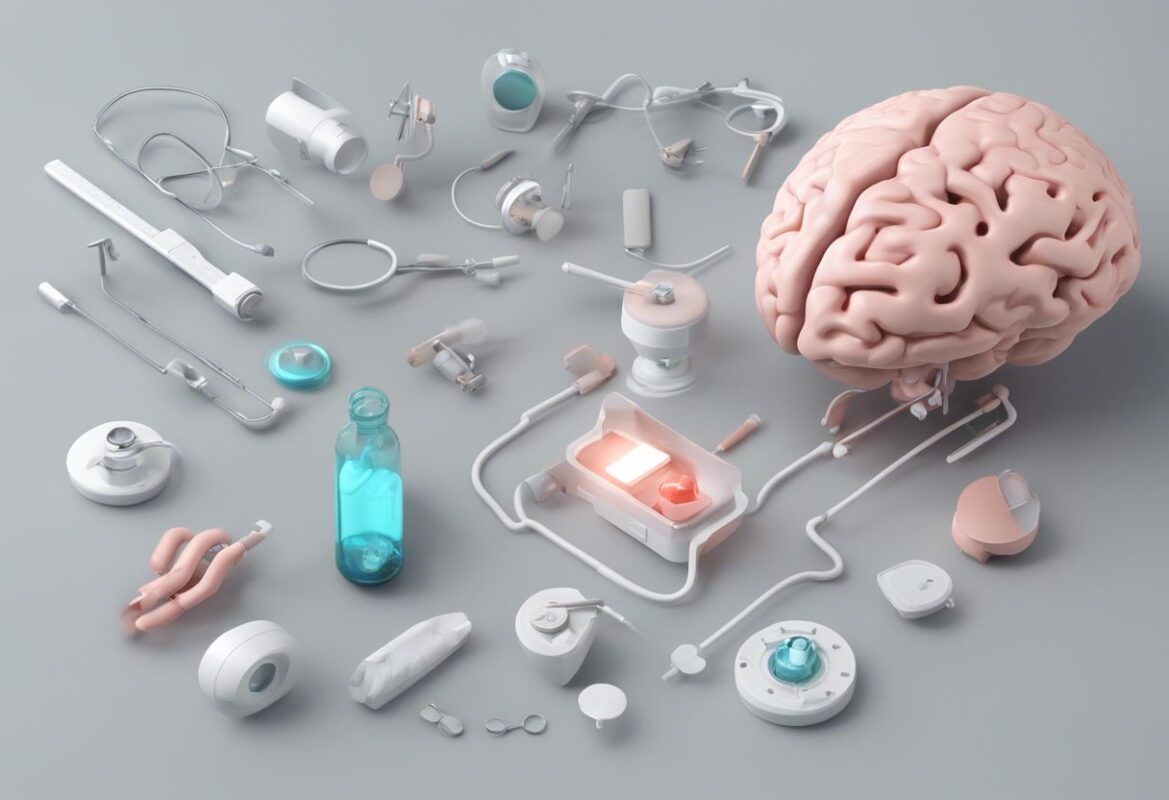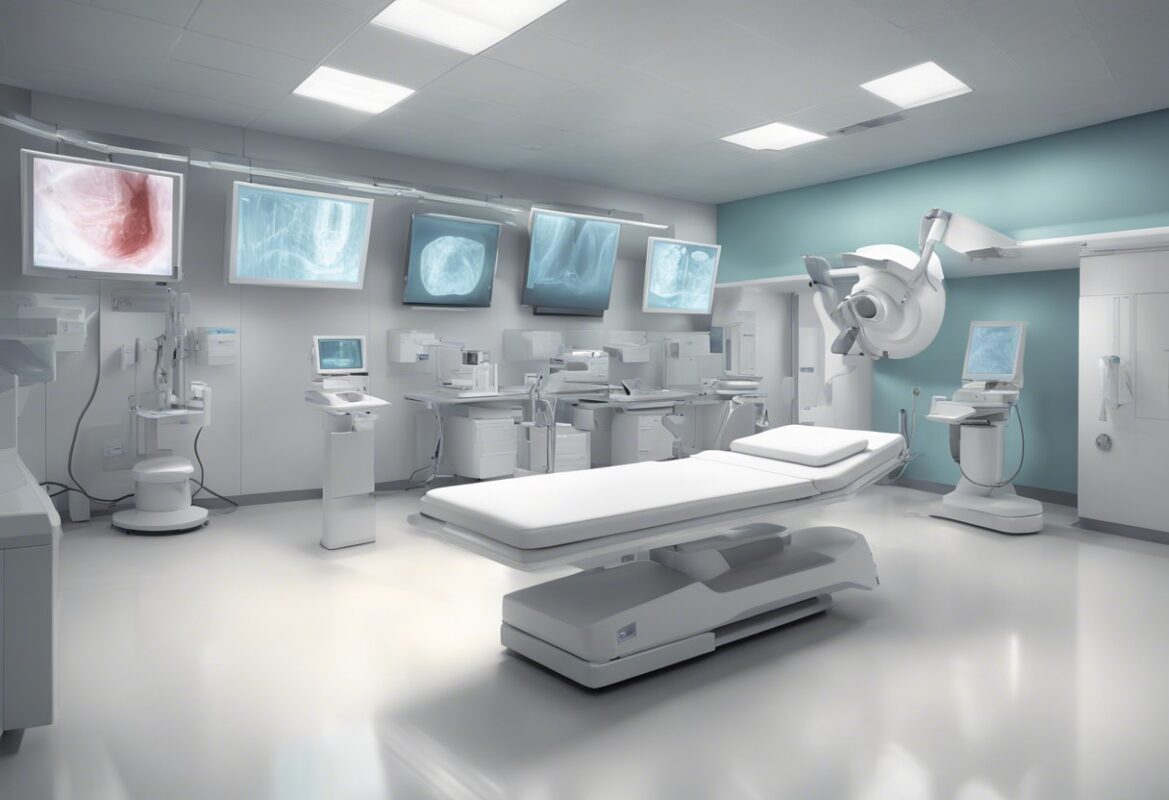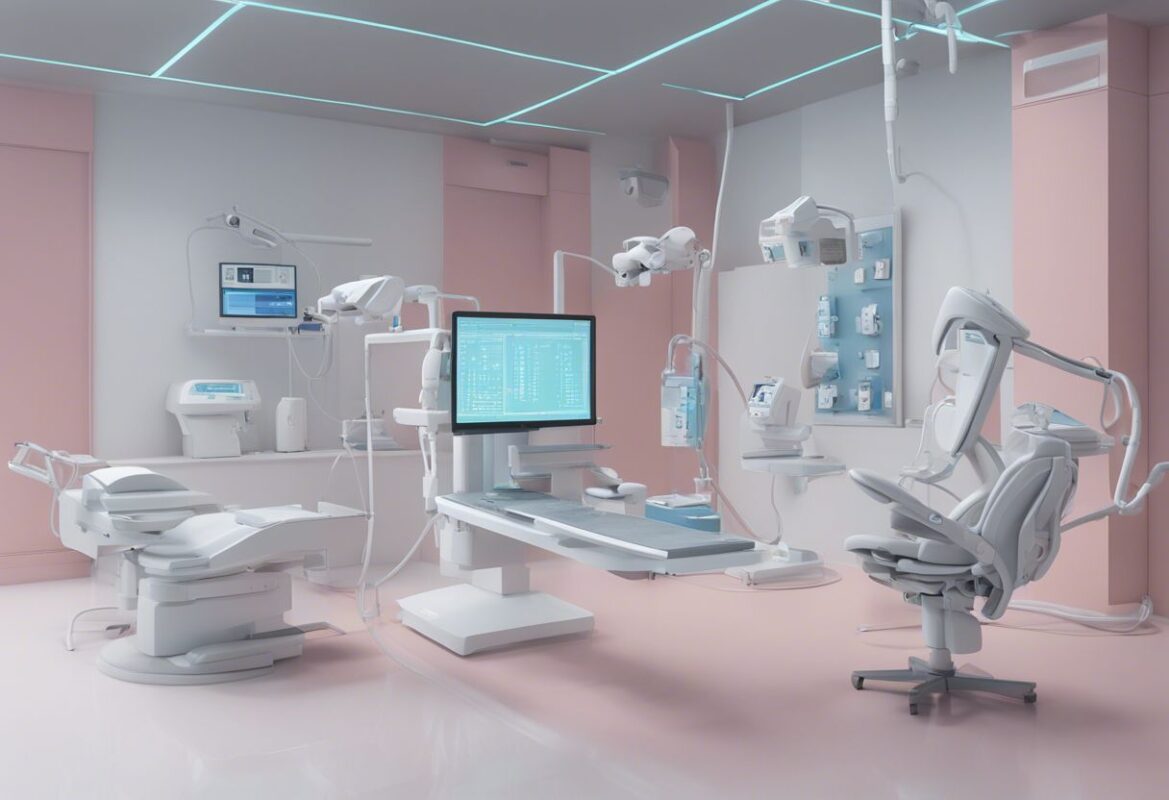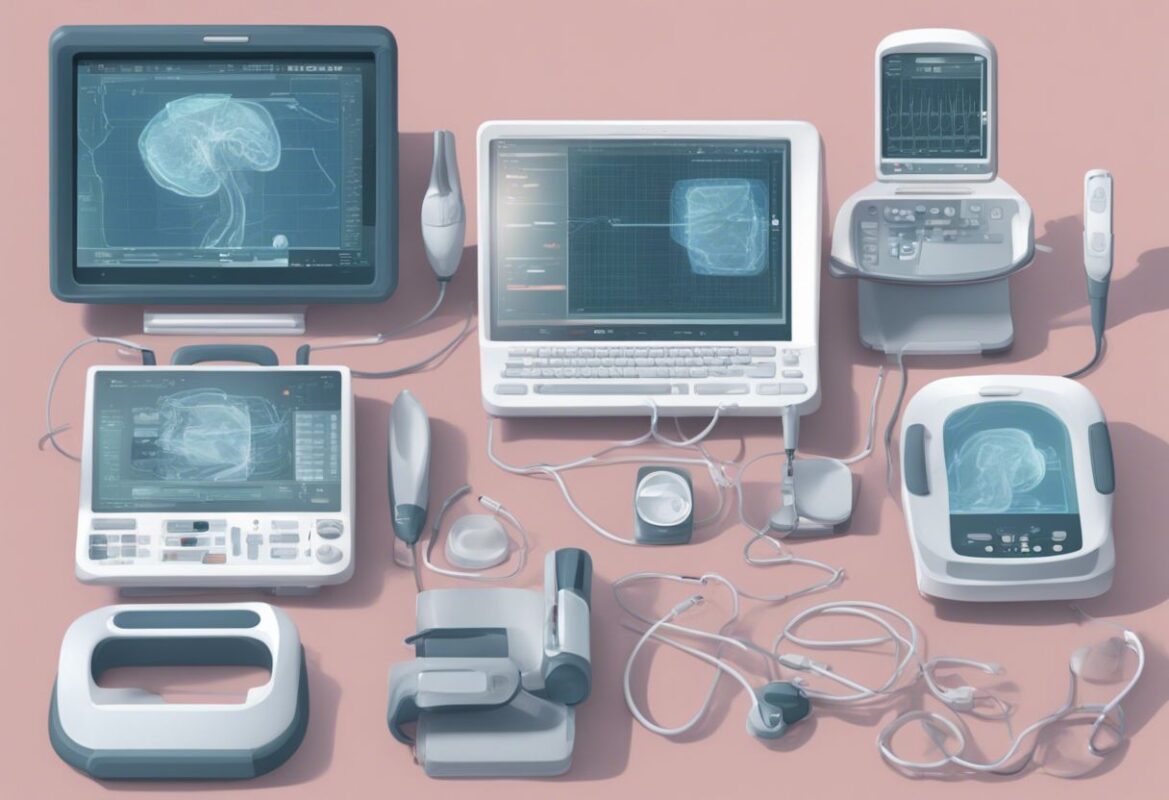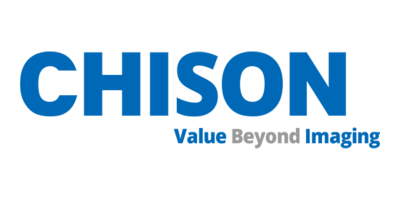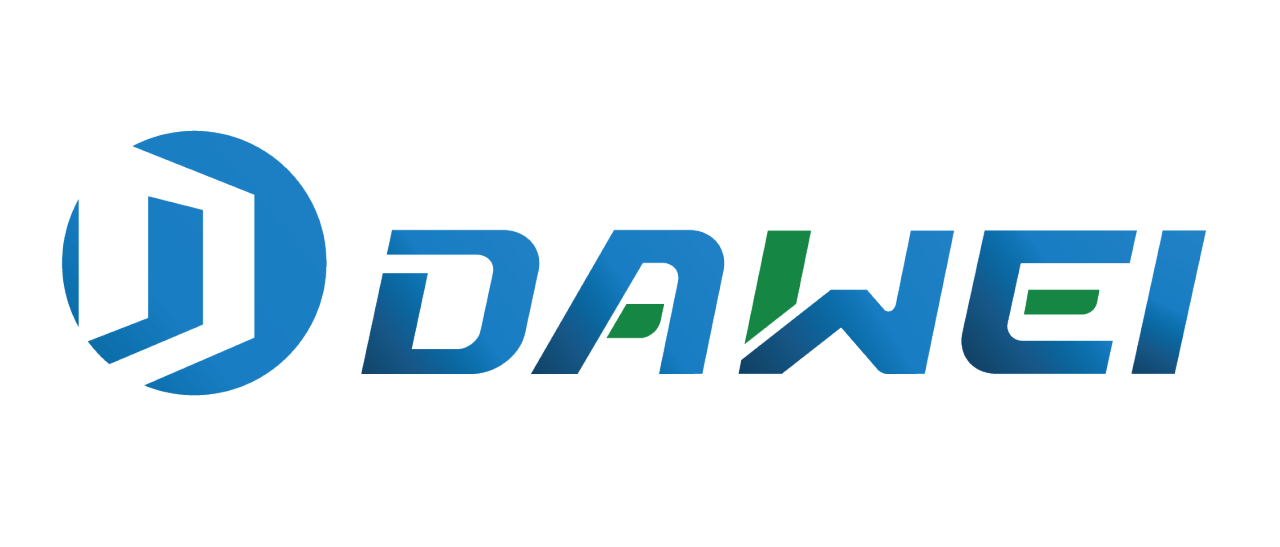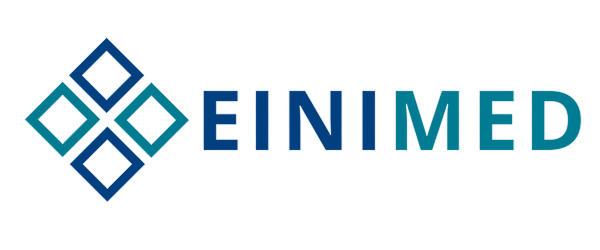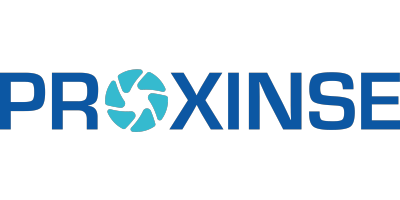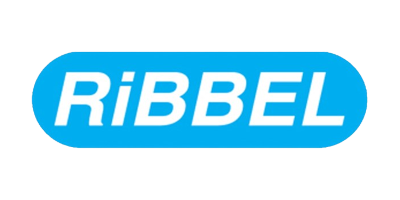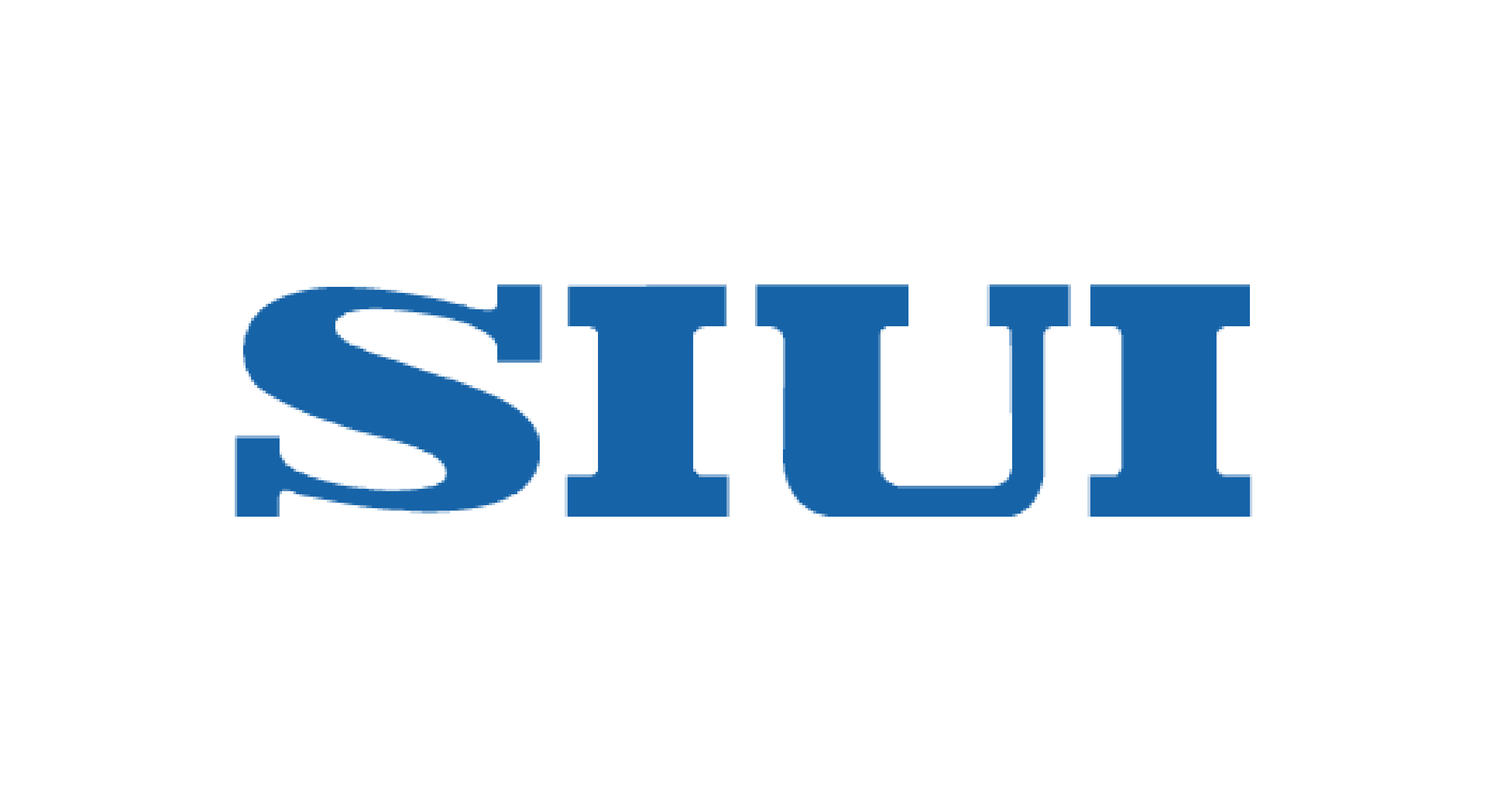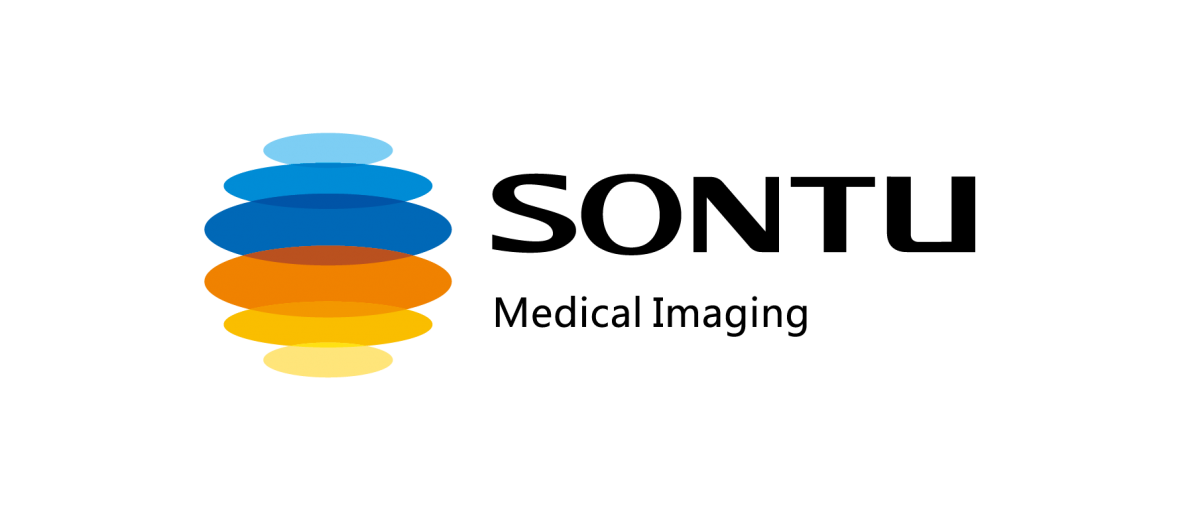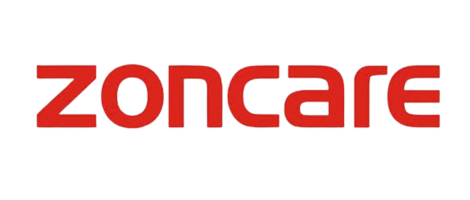Introduction
The med-tech industry is on the cusp of transformative changes, driven by cutting-edge innovations and evolving market dynamics. These trends are not only revolutionizing patient care but also reshaping the business landscape for medical technology companies. This article explores the most impactful trends that are defining the future of healthcare in 2024 and beyond.
Generative AI: Revolutionizing Healthcare
Generative AI is set to play a pivotal role in the med-tech industry in 2024. This technology is being leveraged to automate repetitive tasks, enhance supply chains, and support regulatory compliance. More than 80% of med-tech leaders are investing heavily in AI, particularly in developing AI-driven diagnostics and personalized medicine solutions. AI’s ability to generate synthetic data is crucial for training medical algorithms while preserving patient privacy. This advancement is expected to improve diagnostic accuracy and accelerate decision-making processes in healthcare (McKinsey & Company) (PTC).
Wearable Health Tech and IoMT
The Internet of Medical Things (IoMT) and wearable devices are becoming increasingly sophisticated. These technologies provide continuous health monitoring, allowing real-time data collection and personalized health insights. The next generation of wearables will offer more detailed health analytics, enabling proactive healthcare management and improving patient outcomes. IoMT’s ability to provide real-time health data is transforming patient awareness and engagement (PTC).
Augmented and Virtual Reality
Augmented Reality (AR) and Virtual Reality (VR) are emerging as powerful tools in healthcare. AR is used for surgical training, diagnostics, and treatment planning, while VR is being applied in mental health therapy and chronic pain management. These technologies offer immersive training environments and enhanced patient care experiences, leading to better clinical outcomes and patient satisfaction (PTC).
Bioprinting for Organ Transplants
Bioprinting, also known as 3D printing, is making significant strides in creating tissue and organ structures. This technology holds immense promise for developing custom-made organs for transplantation, potentially addressing the organ donor shortage. While full-scale organ printing is still in its early stages, advancements in creating tissue constructs and smaller organs are expected to be a focal point in 2024 (McKinsey & Company) (PTC).
Market Dynamics and Growth Projections
The med-tech market is projected to experience steady growth, with significant contributions from regions like the United States, China, and Japan. In the U.S., innovation and commercial execution are key drivers, while Japan faces challenges related to currency risks and foreign exchange complexities. Growth in Europe is expected to slow, with companies focusing on solutions that address workforce shortages and improve health economics. In China, local competition and volume-based procurement are shaping the market dynamics, while India is emerging as a significant player due to favorable government policies and increased investments (McKinsey & Company) (AlphaSense).
Conclusion
The med-tech industry is navigating a period of rapid innovation and market evolution. By staying abreast of these trends and investing in advanced technologies, companies can enhance patient care, streamline operations, and achieve sustainable growth. The future of healthcare is bright, with med-tech innovations leading the way towards more efficient, personalized, and accessible medical services.
By focusing on these key trends, the med-tech industry can continue to drive significant improvements in healthcare delivery and patient outcomes. Stay informed and be prepared to adapt to these transformative changes to stay competitive in this dynamic landscape.
For more detailed insights, explore the following resources:
